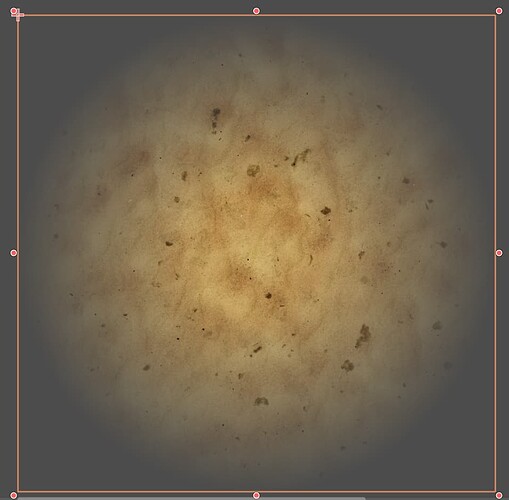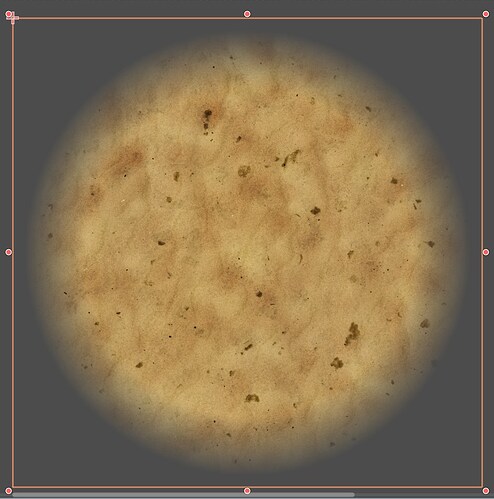Oh good to see
I wanted to mention another route in using the UV’s of the texture rect to do the same thing, something like:
float remap(float value, float in_min, float in_max)
{
return (value - in_min) / (in_max - in_min);
}
void fragment()
{
float fade_value = 1. - (distance(UV, vec2(.5,.5)) * 2.);
fade_value = remap(fade_value, .05,.3);
COLOR.a = mix(0.,1., fade_value);
}
Unless the UV’s are odd for the rect, this would be agnostic towards the placement and size of the rects.
The remap there is to take in a min/max for the fading edge to control it, which can be a parameter, for instance below is a large fade distance, then a shorter one that starts out past the middle. Adding a power function to this would further add some shape to the gradient.

